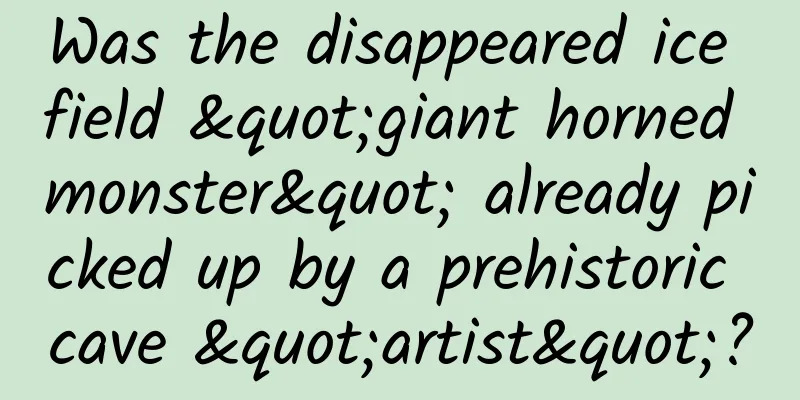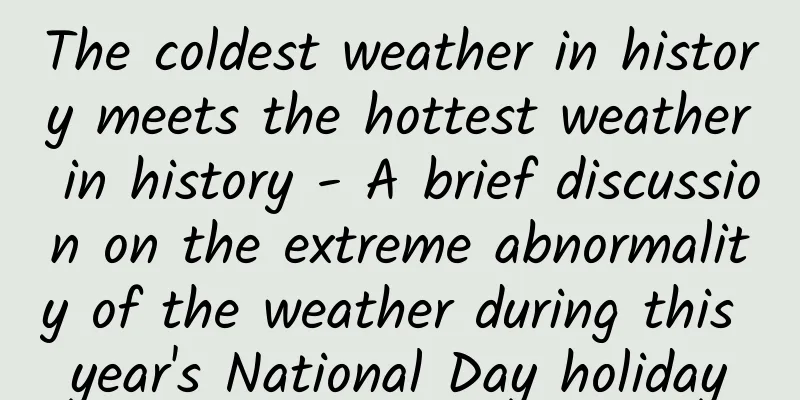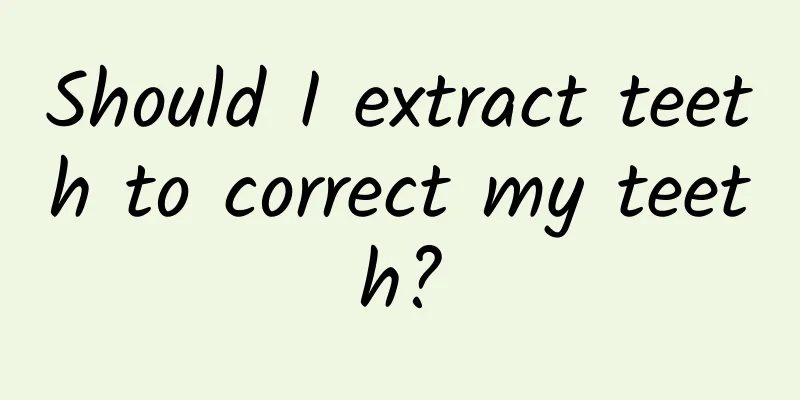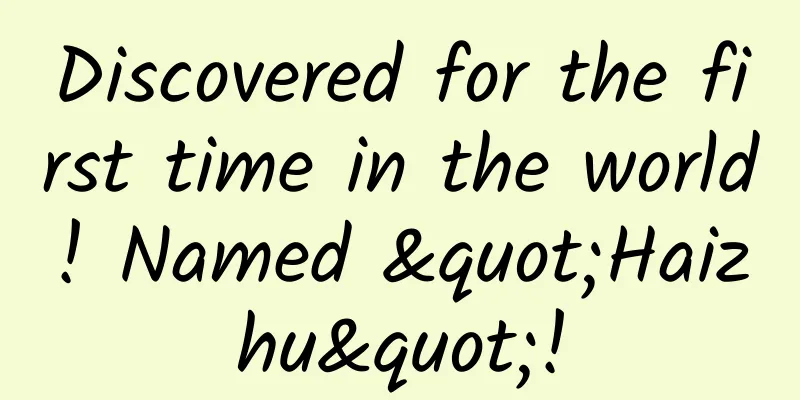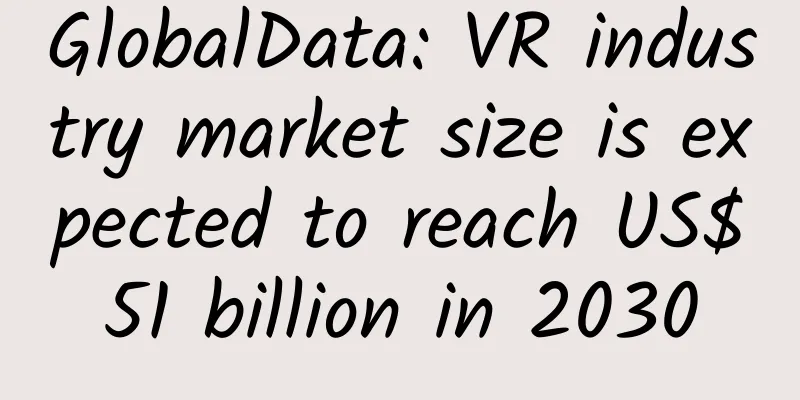Google releases second Android 13 developer preview to improve notification push permission settings

|
In recent months, the development of Android 13 has been progressing quite smoothly. About a month after the launch of the first developer preview version (codenamed Tiramisu), we ushered in the second Developer Preview. It can be seen that in order to reflect the latest changes, DP2 designed specifically for developers still has no direct OTA update option-unless you have already installed DP1 . If you happen to have a Pixel 6 / 6 Pro, Pixel 5 / 5a 5G, Pixel 4 / 4 XL / 4a / 4a 5G, you can now experience Android 13 Developer Preview 2 on your real device (or use an emulator image to try it out). Last month's first developer preview version gave us a preliminary understanding of the user experience of Android 13. However, the second developer preview version pushed today mainly focuses on improving developer functions.
(Photo via Android Police Speaking of permissions, through a newly added API, Android 13 DP2 now also allows applications to be easily downgraded when unnecessary. Another feature is designed to ensure that apps cannot receive messages from other apps - unless the developer explicitly requests it. It is worth mentioning that Android 13 DP2 supports the MIDI 2.0 standard (musicians rejoice):
In addition, Android 13 will support vector fonts that follow the COLRv1 format, and Google has also converted its system emojis to this format. Thanks to the characteristics of vectors, the file size becomes smaller, and there will be no mosaics no matter how you scale it. For users of non-Latin scripts, Android now prevents unexpected clipping by adjusting the line height for each language (improving display for languages like Tamil, Burmese, Telugu, and Tibetan). Finally, for users of phonetic input methods such as Chinese and Japanese, Android 13 introduces a new text conversion API so that Japanese users can enter hiragana and immediately see Kanji search results (skipping the current complicated four-step process). |
<<: A review of the design process of the homepage of vivo's official website APP
>>: iOS 15.4 optimizes 5G, signal is fully restored
Recommend
CNBC: Ford Motor Company's new car sales in the United States fell 17% in the first quarter of 2022, with a year-on-year decline of 26% in March
According to CNBC, Ford Motor Company's new c...
Can pets be infected with the new coronavirus? Can they be transmitted to humans? Here is the authoritative answer
Recently, epidemics have occurred in many places ...
5 ways to express your creative advertising skills!
In 2014, Tim Collins published " 100 ways to...
A creative solution for high conversion advertising!
When doing information flow promotion, the page c...
The most cost-saving tool and magic weapon in community operations! Talk about the wonderful uses of peripheral products!
In community operations , there is a tool that ca...
Zhihu traffic generation methods and techniques!
When I wrote this title, my Zhihu community had j...
Model S adds a new all-glass transparent sunroof for just 10,000 yuan
Elon Musk seems to be paying special attention to...
Has human evolution stopped?
Image source: pixabay Since human ancestors left ...
The price of iPhone 6's ultra-thinness: big trouble!
The iPhone 6 will be extremely thin and light. The...
Where will the future moon base be built? In a volcanic cave →
In science fiction movies, we often see moon base...
LeTV Ren Champion: Smart TVs should provide precision marketing for home users
On September 22, at the "2017 China OTT Larg...
Controversy in iOS development
[[129662]] I plan to share some controversial top...
TINCFUWAN 2.0 Smart Cordless Floor Scrubber: A great household cleaning tool for the lazy
The development of the "lazy economy" a...
CIST: Survey finds 62% of game studios use AI in development
A recent survey found that nearly two-thirds of g...
Tesla may be suppressed if Trump is elected as US president
Republican candidate Trump was elected as the new...
